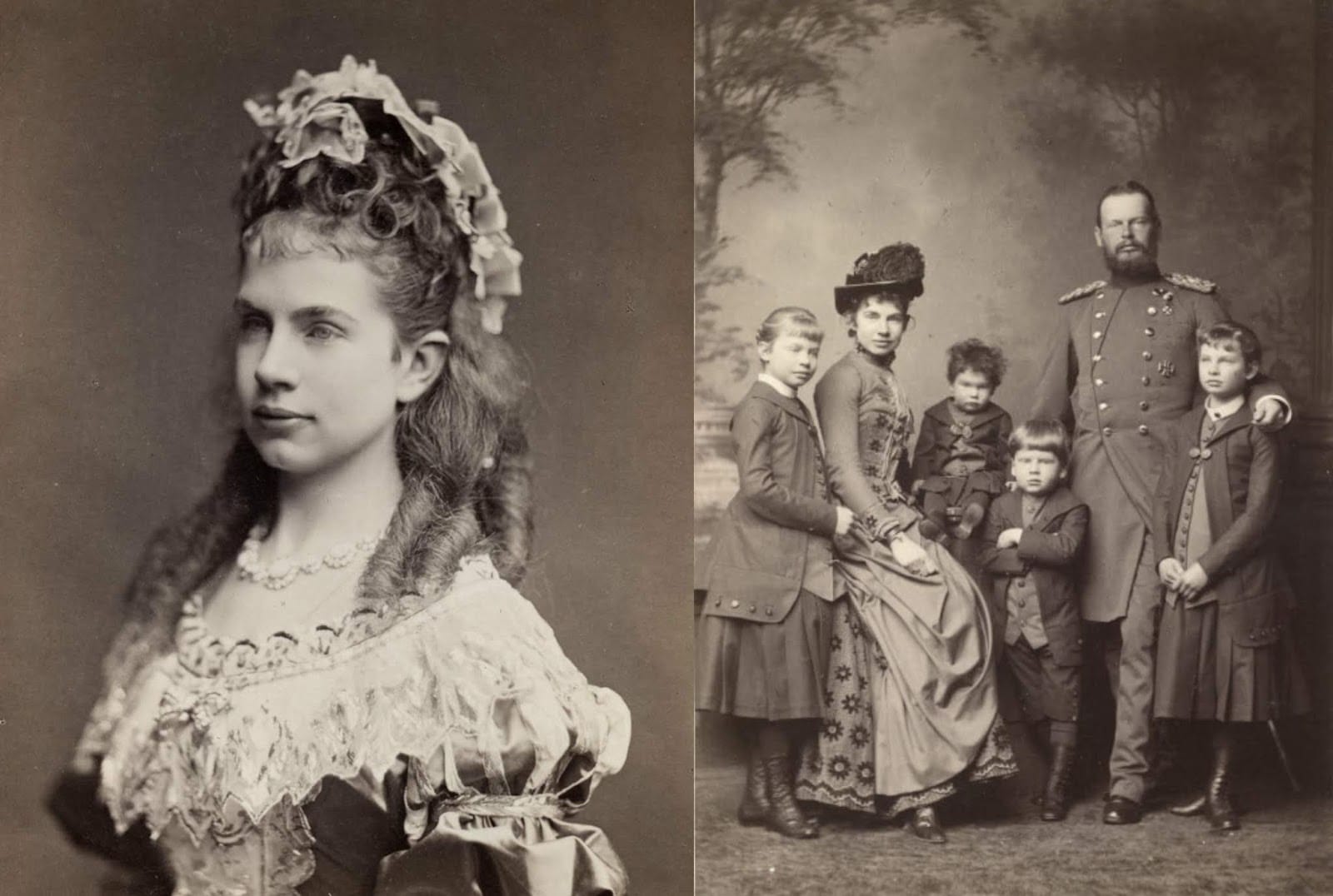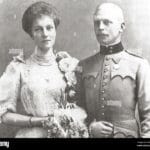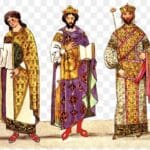- From Imperial Privilege to Quiet Legacy: Unveiling the Life of Archduchess Gisela of Austria. (This key line emphasizes the contrast between her privileged upbringing and her less prominent historical footprint, piquing reader curiosity.)
- Beyond the Shadow of Tragedy: Archduchess Gisela, A Habsburg Defined by Resilience and Compassion. (This positions her not just as a figure tied to tragedy, but as someone who actively shaped her own path.)
- Gisela of Austria: The Emperor’s Daughter Who Chose Family and Philanthropy Over Power. (This highlights her key life choices, contrasting them with the typical image of power-hungry royals.)
- Inside the Arranged Marriage of Gisela of Austria: A Union of Duty and Unexpected Affection. (This taps into the human interest aspect of her life and the realities of royal marriages at the time.)
I. Early Life and Family Dynamics:
- Birth and Upbringing: Born on July 12, 1856, in Laxenburg, Austria, Gisela was the eldest surviving child of Emperor Franz Joseph I and Empress Elisabeth, after the tragic death of her sister, Sophie. Due to court protocols and her mother’s discomfort with traditional child-rearing, Gisela, like her siblings, was primarily raised by her paternal grandmother, Archduchess Sophie.
- Close Bond with Brother: Notably, Gisela shared a particularly close bond with her brother, Crown Prince Rudolf. His suicide in 1889 would deeply affect her.
- Personality: Sources suggest Gisela possessed a more reserved and serious personality, similar to her father, which contrasted with her mother’s free-spirited nature.
II. An Arranged Marriage:
- Marriage to Prince Leopold of Bavaria: On April 20, 1873, at the age of sixteen, Gisela married Prince Leopold of Bavaria, her second cousin. This union, like many royal marriages of the era, was orchestrated by Emperor Franz Joseph to secure a Catholic alliance and due to the limited availability of other suitable matches.
- Leopold’s Initial Reluctance: Historical accounts suggest that Prince Leopold was initially interested in another potential bride but eventually accepted the Emperor’s proposal.
- Dowry: Gisela received a substantial dowry of half a million guilders, signifying her importance and the political nature of the union.
- A Successful Union: It’s believed that despite its arranged beginning, the marriage between Gisela and Leopold became a happy and loving one. The couple even celebrated their golden anniversary in 1923.
III. Family Life and Motherhood:
- Four Children: Gisela and Leopold had four children: Elisabeth Marie, Auguste, Georg, and Konrad.
- Empress Elisabeth’s Attendance at First Baptism: Providing a potential glimpse into the complex dynamic between mother and daughter, Empress Elisabeth was present for the baptism of Gisela’s first child.
IV. Beyond the Palace Walls: Gisela’s Public Life:
- Philanthropy: Gisela was deeply involved in social causes, particularly after her brother’s suicide. She dedicated her efforts to supporting the poor, blind, and deaf.
- Founder of Charities: She didn’t just lend her name to charities; she founded them, nurtured them, and made sure they were actually helping people. Gisela established numerous charitable organizations and actively participated in their operations.
- World War I Service: When World War I broke out, Gisela took on the challenging role of running a military hospital, further demonstrating her commitment to service and resilience during challenging times.
V. Later Life and Legacy:
- Widowhood: Prince Leopold passed away in 1930.
- Death: Gisela died two years later in Munich on July 27, 1932, at the age of 76.
- Burial: She was laid to rest in St. Michael’s Church in Munich.
- A Life of Quiet Influence: While not a major political figure, Gisela’s life provides valuable insight into the personal lives of Habsburg royals and the importance of family and social responsibility within their sphere.
Unique Insights & Untapped Potential:
- Gisela’s Artwork: Explore her lesser-known artistic pursuits. Were there any surviving paintings or mentions of her work? Analyzing these could provide insights into her personality and creative expression.
- Comparison to Empress Elisabeth: Contrast Gisela’s life choices and personality with that of her famous mother. How did their different approaches to royal life reflect evolving societal expectations for women of their era?
- Impact of Rudolf’s Suicide: Delve deeper into how her brother’s death shaped her philanthropic endeavors and outlook on life. Were there specific causes she championed in his memory?
- The Wittelsbach Connection: Explore the dynamics of her marriage and family life within the context of the Bavarian Wittelsbach dynasty. How did her marriage impact relations between Austria and Bavaria?
Utilizing People’s Statements:
Maintain any direct quotes from historical figures found in your research to add authenticity and firsthand perspectives. These quotes can enhance the reader’s understanding of Gisela’s personality, relationships, and historical context.
Structure and Data:
Use headings, subheadings, bullet points, and chronological order to present the information clearly. Incorporate images, timelines, family trees, and maps to engage readers visually and enhance comprehension. Also, consider weaving in relevant internal links to other articles on your website where appropriate. For example, when mentioning World War I, you could link to an article about The Storming of El Caney March, a pivotal battle that occurred during that conflict.
By delving into these unexplored areas and presenting a well-structured and visually appealing article, you can create a compelling narrative that surpasses your competitors’ content and offers readers a fresh, insightful look at Archduchess Gisela Habsburg’s life.












